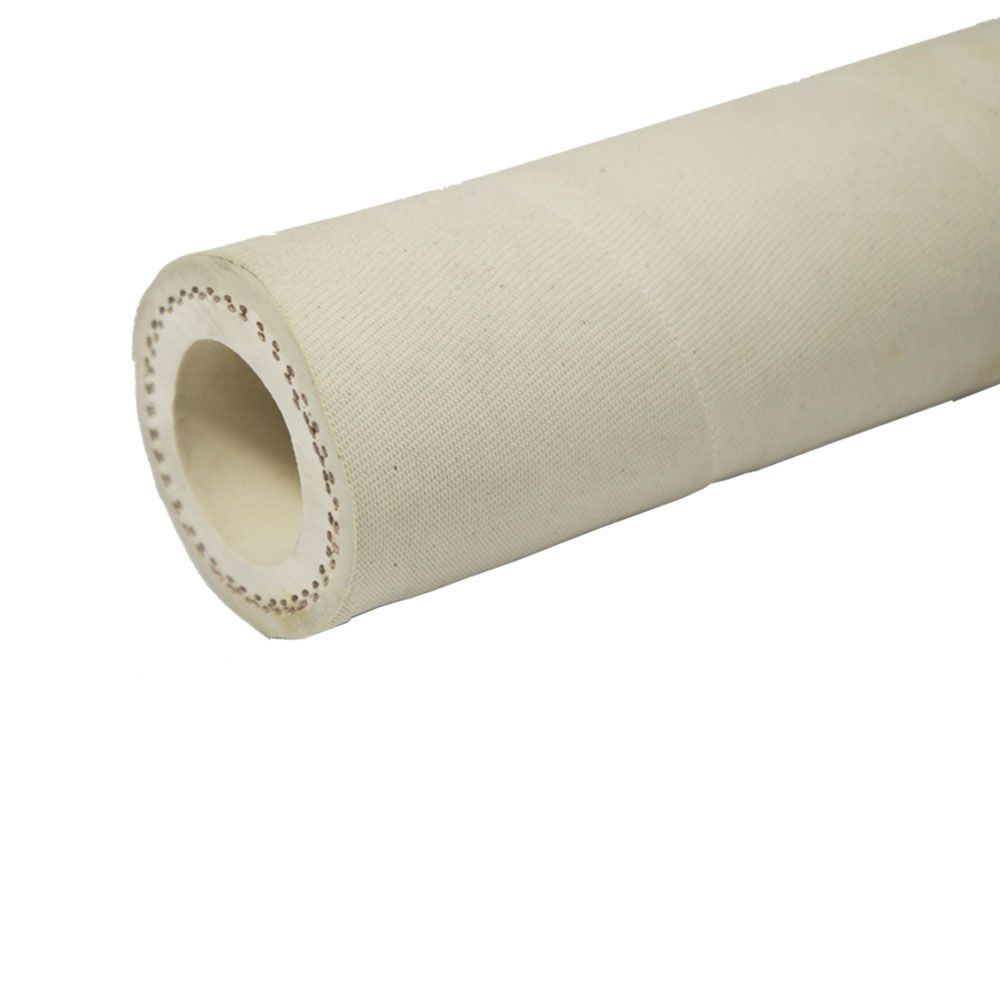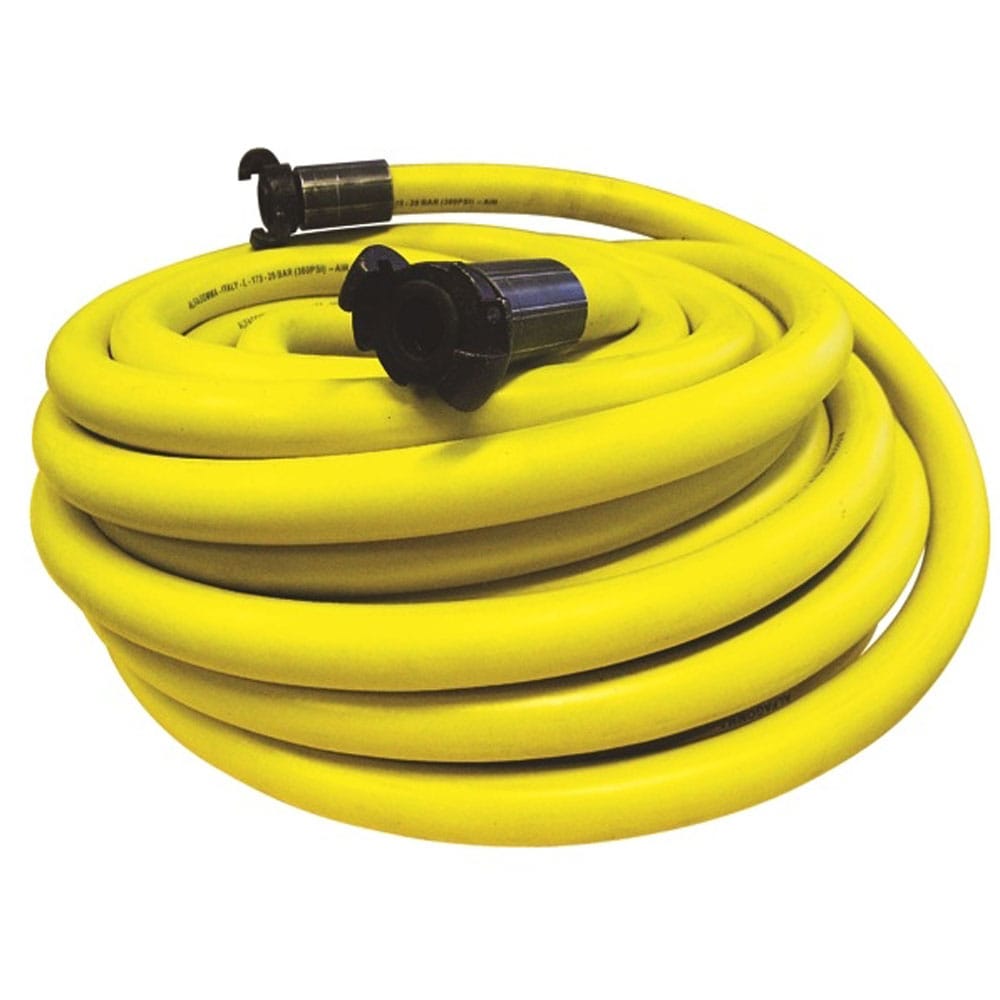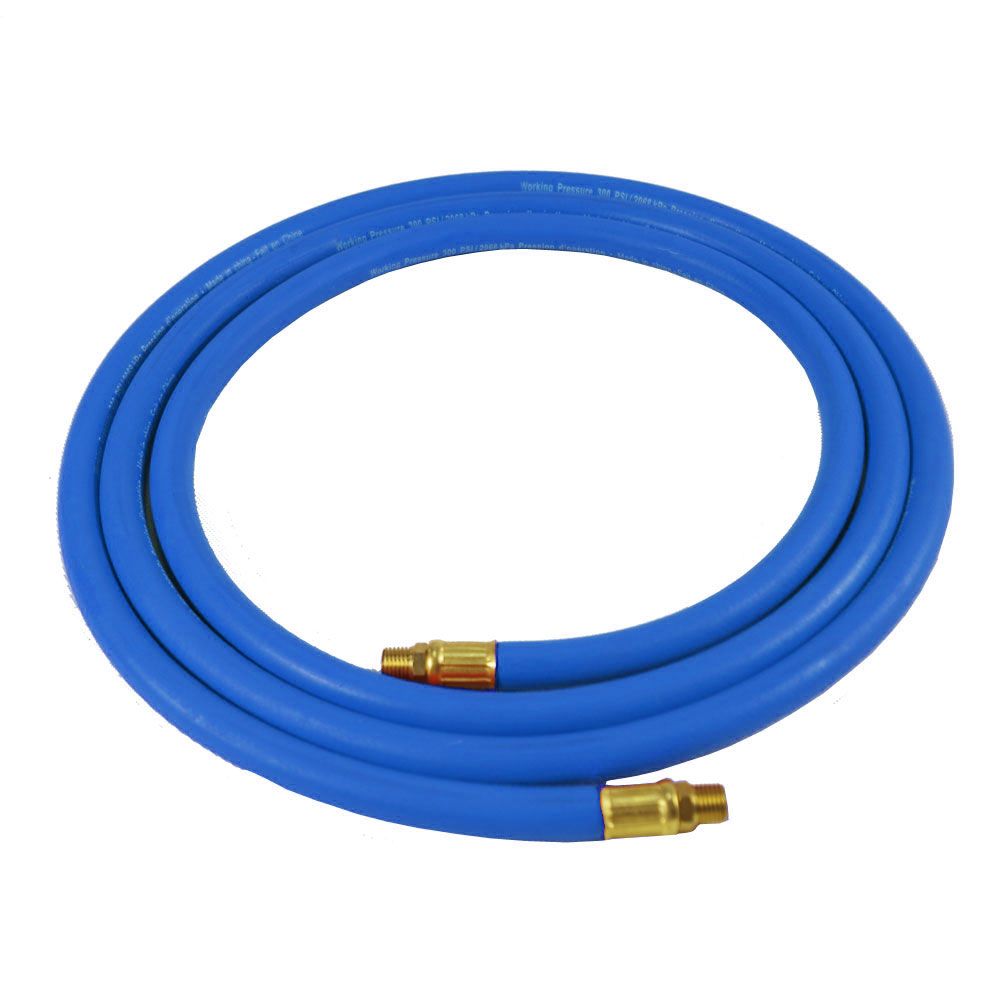Introduction to Hose Transportation and Storage
During the loading and unloading of rubber hoses, the following points should be noted:
(1) During the loading and unloading of the hose, it must be lightly loaded and unloaded.
(2) The hoses must be packed in neatly sorted rolls (strips). Avoid excessive bending of the pipe body, and do not stack other heavy objects on the hose.
(3) It is strictly forbidden to mix hoses with acids, alkalis, oils, organic solvents, flammable and explosive materials; the pipe body should not be in direct contact with the goods with sharp edges.
(5) For hoses that need to be transported straight, when the length exceeds the loading compartment, the extra-long part should be supported by a bracket to prevent the hose from being damaged by being dragged on the ground.
(6) If the hose needs to be temporarily parked in the open air (or the workshop dock) for any reason, the site must be level, the hose must be neatly laid, and the cover must be placed underneath and no heavy objects should be piled up. At the same time, the hose cannot be connected with Heat source contact.
(7) When carrying the hose, it should not be dragged anywhere. For heavy hoses, lifting equipment or special equipment should be used for loading and unloading, and the hose should be protected from accidental damage.
2. Hose storage
(1) The warehouse where the hose is stored should be kept clean and ventilated. The relative temperature is below 80%. The temperature in the warehouse should be kept between -15 ~ + 40 ° C, and the hose should not be exposed to direct sunlight and rain and snow. Drench.
(2) When storing hoses, they should be placed separately according to different types and specifications. Do not mix and store them, and label them for access.
(3) Store hoses in a relaxed state as much as possible. Generally, hoses with inner diameters below 76mm can be coiled (but the inner diameter of the coil should not be less than 15 times the inner diameter of the hose)
(4) In order to prevent compression and deformation of the tube body during storage of the hose, the stacking should not be too high, and the stacking height should generally not exceed 1.5m; and the hose must be "upside down" during storage, generally not less than once every quarter .
(5) When storing the hose, it should not be in contact with acids, alkalis, oils, organic solvents or other corrosive liquids and gases; and it should be away from heat sources more than 1m away.
(6) During storage of the hose, it is strictly forbidden to pile heavy objects on the pipe body, and to prevent external compression and damage.
(7) The storage period of the hose should generally not exceed two years, and it should be used by those who enter the warehouse first to prevent the quality of the hose from being stored for too long.
Blog
Sheets and rubber materials include butadiene rubber,EPDM rubber sheet,and natural rubber are bullish in the short term,but with the decline in crude o…
Simply speaking, the main factors in choosing the form are system pressure, pressure fluctuations, oil flow rate, temperature, oil and environmental co…
First of all, in August of this year, the quality inspection department suggested that during the routine maintenance of the vehicle, the owner should …
1. The hose can only be used to convey the designed medium. 2. It is strictly forbidden to use the hose over the design working pressure. 3. The temper…
Hot Products
For general clean-up and hot water washdown service in dairies, meat packing houses, creameries, food processing bottling plants.
Mainly used for conveying of air, inert gas and water in mining, construction, engineering, shipbuilding, steel production etc.
Rubber Oxygen / Acetylene Hose 300 P
Designed for welding, cutting and allied processes.


